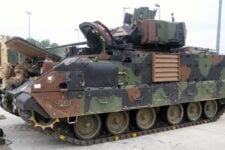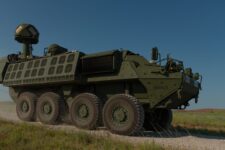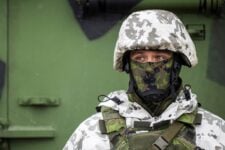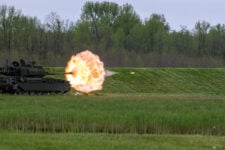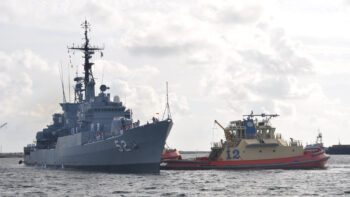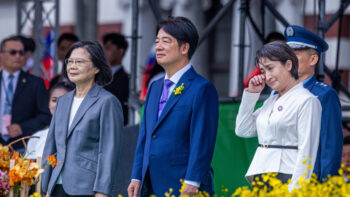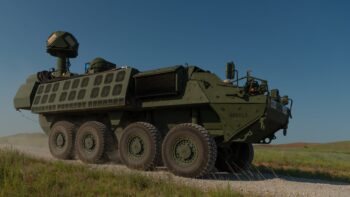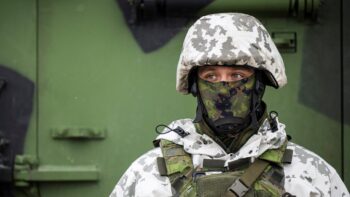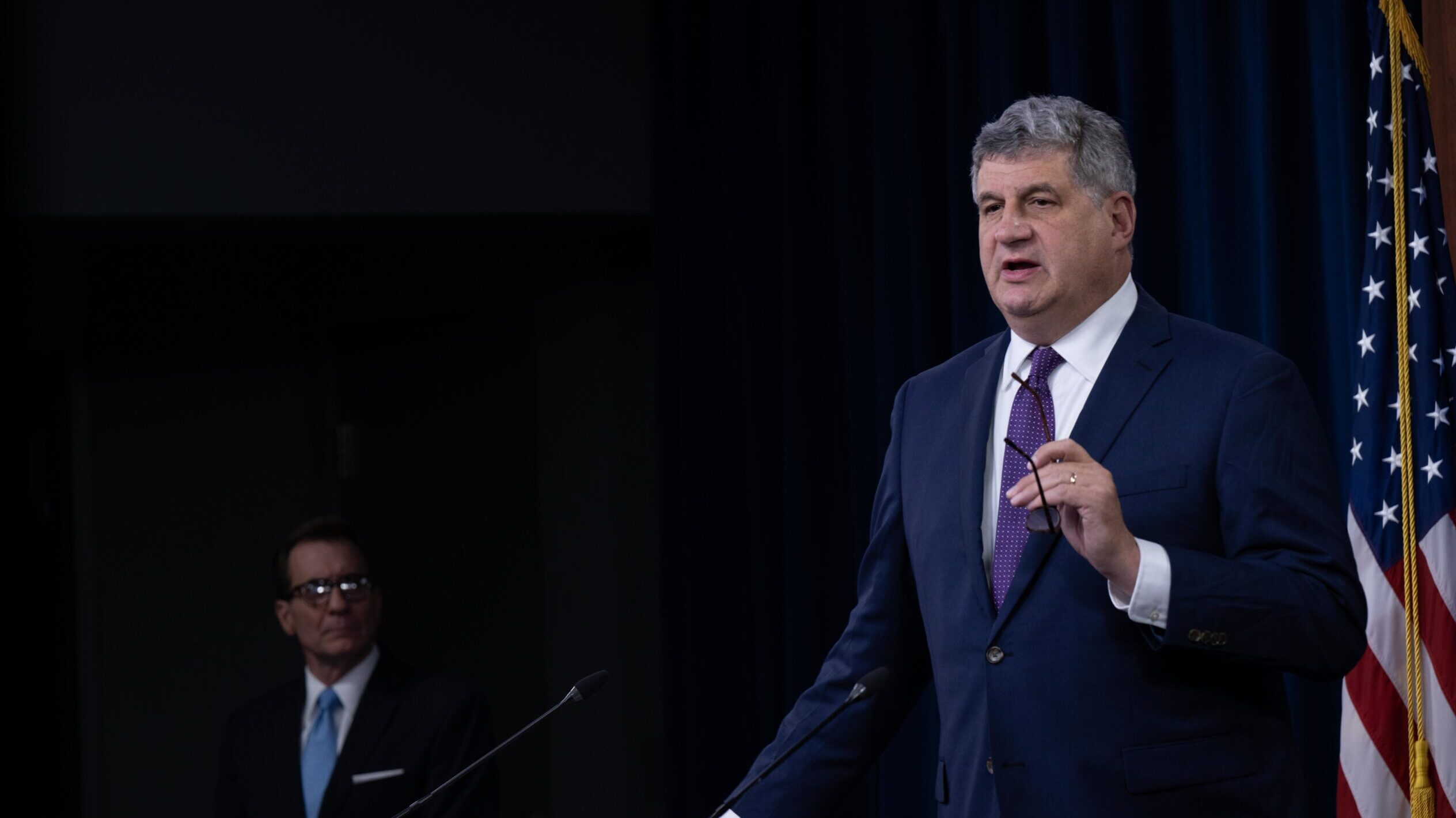
Pentagon Press Secretary John Kirby and Under Secretary of Defense for Acquisition and Sustainment Dr. William A. LaPlante hold a press brief at the Pentagon, May 6, 2022. (DoD Photo by U.S. Navy Petty Officer 2nd Class James K. Lee)
WASHINGTON — Russia’s invasion of Ukraine has shown the US the importance of being able to surge production rapidly, and the Pentagon is now helping Ukraine rebuild its industrial base, according to the department’s top weapons buyer.
“We’re beginning to pivot to rebuilding, or building, an industrial base inside Ukraine,” William LaPlante, under secretary of defense for acquisition and sustainment, said today at ComDef 2023. “So this is something that is a lot of our work. I spent almost two weeks in Brussels… working on this and you’re gonna see more there.”
LaPlante returned last week from Brussels where he had participated in a meeting of the Ukraine Defense Contract Group. There, he “updated ministers and senior defense officials on global efforts aimed at collaboratively solving industrial base and sustainment challenges in support of Ukraine,” according to the Defense Department.
As to what those challenges are, LaPlante said today, “Logistics really matters, sustaining really matters and we are doing that right now with Ukranians and learning a lot because it’s interesting what you have to do when you can’t send your own US citizens into the country to keep the equipment going. We have to do it by telemaintenance. We have to do it in other ways. And of course Ukrainians are going wild on advancing manufacturing, whether it’s additive or subtractive manufacturing.”
To that point, efforts to build Ukraine’s industrial base will start with sustainment, Justin McFarlin, deputy assistant secretary of defense for industrial base development and international engagement, said at the conference.
“It’s gonna be a [crawl, walk,] run, … helping them to sustain themselves, helping them, as Dr. LaPlante mentioned, 3D print spare parts and things of that nature,” McFarlin said. “Looking at, you know, all the systems and platforms that allies and partners have provided and identifying where there’s opportunity to continue sending them these technical data packages, where there’s opportunity to teach them more kind of deeper level maintenance and sustainment versus just the kind of the level one, surface level.”
McFarlin added that another focus will be bringing industry partners together to identify “realistic and implementable” needs and where progress can be accelerated.
Rebuilding Ukraine’s industrial base should be a priority for the US and its European partners, analyst Joshua Huminski told Breaking Defense today.
“Increasing domestic manufacturing within Ukraine — a long-term project to be sure — will see pressure on Western stockpiles decrease at a time when pressure on those very stockpiles is both increasing due to geopolitical tensions, and replacement is lagging due to slow production timelines,” said Huminski, director of the Mike Rogers Center for Intelligence and Global Affairs at the Center for the Study of the Presidency & Congress.
“This will also, and perhaps more importantly, make long-term support for Kyiv more politically palatable in the West as Ukraine demonstrates more logistical self-sufficiency, thereby requiring less foreign support,” he added. “It will also advance Ukraine’s efforts to achieve greater autonomous security, regardless of the timeline for NATO accession.”
At the same time, lessons learned from Russia’s invasion are shaping DoD’s first ever national defense industrial strategy, slated for release this December. Laura-Taylor Kale, assistant secretary of defense for industrial base policy, said Oct. 19 that the conflict in Ukraine showed that DoD’s “industrial ecosystem needs to be ready to provide the capabilities at speed, at scale and at cost that the department needs.”
The upcoming strategy focuses on four key areas: resilient supply chains, workforce readiness, flexible acquisitions and a focus on economic deterrence and economic security.
LaPlante said today that within the strategy, “a major thread is increasing roles that allies and partners have and whether it’s through co-development, production or sustainment or security of supply arrangements… we will achieve these industrial objectives together and we will do it with partners and allies.”
With back-to-back deals in Peru, South Korea defense industry expands South American foothold
A new shipbuilding deal could be a test case that, if successful, could lead for years more work and millions more in deals for Seoul, in Peru and South America.




